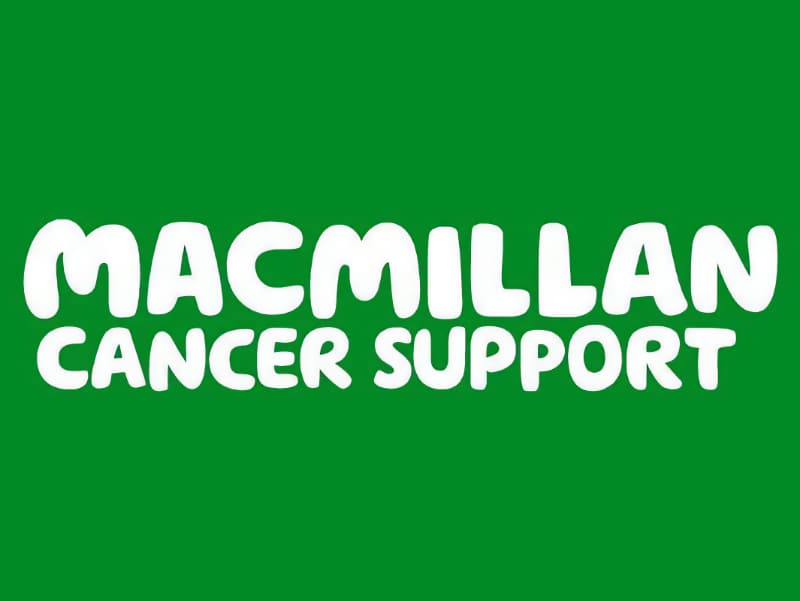1) Use a trusted map for walkers

Julia Bradbury checking her map in the notoriously hard to navigate Dartmoor during her latest series, Cornwall and Devon Walks
This may seem like a ridiculous first point but knowing where you are going is vital! Online maps are great, but make sure you’re using an accurate mapping service. We’d recommend Ordnance Survey, but there are other options available.
You will also need to take a paper map whilst out on the trail. They are updated regularly to reflect changes to the landscape and public rights of way, so always get the latest version. If it’s not, you may find a path you were planning to use has moved or disappeared entirely!
2) Make sure you understand how to use your map and compass

How many of these do you recognise?
If your memories of GCSE Geography are a little hazy, it might be worth brushing up on map and navigation skills before heading out. When planning, make sure you’re aware of the contour lines, especially the ones that are close together.
Having to climb a huge hill when you expected a gentle slope would put a bit of a dampener on the day.
3) Plan according to your ability

Access and Inclusion Expert Debbie North with The Outdoor Guide Co-Founder and Outdoor TV Presenter Julia Bradbury
It’s important to be realistic about your ability. It may be that you’re an experienced mountain climber, in which case gaining significant altitude during your hike won’t be too much of an issue. If not, it might be wise to choose a flatter route, perhaps alongside a river or lake.
Circular routes mean you will always get back to where you started – they’re our favourite kind! There’s nothing worse than finishing a linear walk, only to find yourself exhausted, miles from your car.
If you’re a wheelchair user or have lower mobility, there are still routes you can follow. We have put together a collection of accessible walks. They include information about accessible toilets, places to eat and more!
4) Stay in touch
Make sure you tell someone where you are planning to walk, and when you expect to arrive back. If you don’t know how long it will take yet, time yourself walking a shorter distance. That way you can estimate how long the whole thing will take.
Please also make sure you’re aware of any areas with low or no phone signal. You should be able to call emergency numbers even with no signal. Mountain Rescue is already over stretched so only call if it’s a real emergency.
You can also download the app What Three Words. It’s a geolocator app which has assigned every corner of the earth three unique words. You can quote the three words to an emergency responder, and they’ll be able to find you.
5) Pack as light as possible

Julia with her go-to waterproof OverBoard backpack
In all cases less is more. You don’t need a heavy rucksack weighing you down. But (and it is a big but), there are a few things you will always need.
Our backpack must-haves for a short walk are: snacks, a mobile phone, a portable phone charger, water, a map, a compass and waterproofs.
For a longer walk you should take all of the above, with larger quantities of food and water to keep you going. Over the course of a 10km walk you will burn about 800 calories. You’ll need to replenish that! You may also want to take a hand torch and a small first aid kit with some blister plasters, anti-bac spray and bite cream.
If you’re planning to take a multi-day hike, you will need to pack according to those requirements. This means taking a small tent, sleeping bag, changes of clothes, cooking implements, food for all you meals, enough water (or a bottle which can purify your water, like those made by water to go) and a heavier duty first aid kit. If you’re taking wrapped snacks, tissues or anything disposable, make sure you take a reusable litter bag so you can avoid littering. You don’t have to stop at your litter, you could also collect other people’s – two birds one stone!
6) Don’t forget to check the weather regularly

Sometimes sun, rain and hail can happen all in the space of one walk!
English weather is notoriously unpredictable. Even up until a few hours before your walk, the weather will be constantly changing.
Take waterproofs if there’s the possibility of a shower (there usually is!) If the temperature is hot, plan to take extra stops and bring lots of water, sun cream and a sun hat. If it’s chilly, don’t underestimate how cold it can get when you’re exposed to the wind – layer up! You can always take something off if you get too warm.
As Alfred Wainwright, king of the Lake District Fells said, ‘There’s no such thing as bad weather, only inappropriate clothing’.
The most important thing when planning a walk is to be prepared. Check multiple sources about your route and don’t overdo it. The second most important thing is to have fun.









